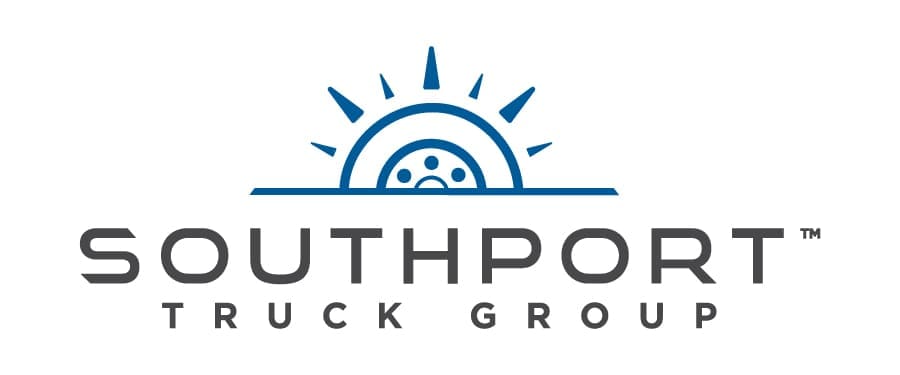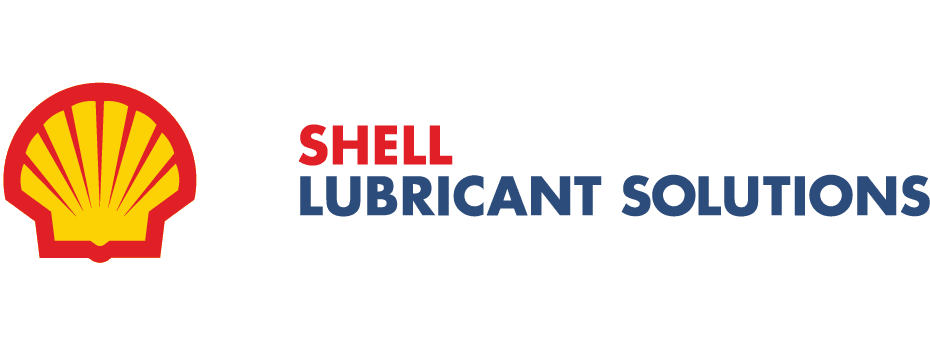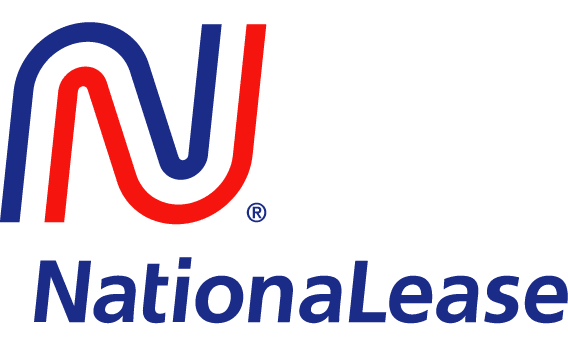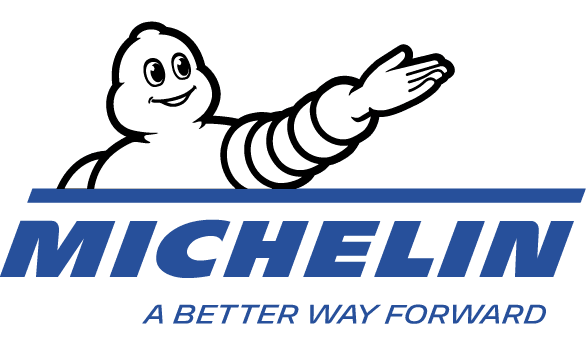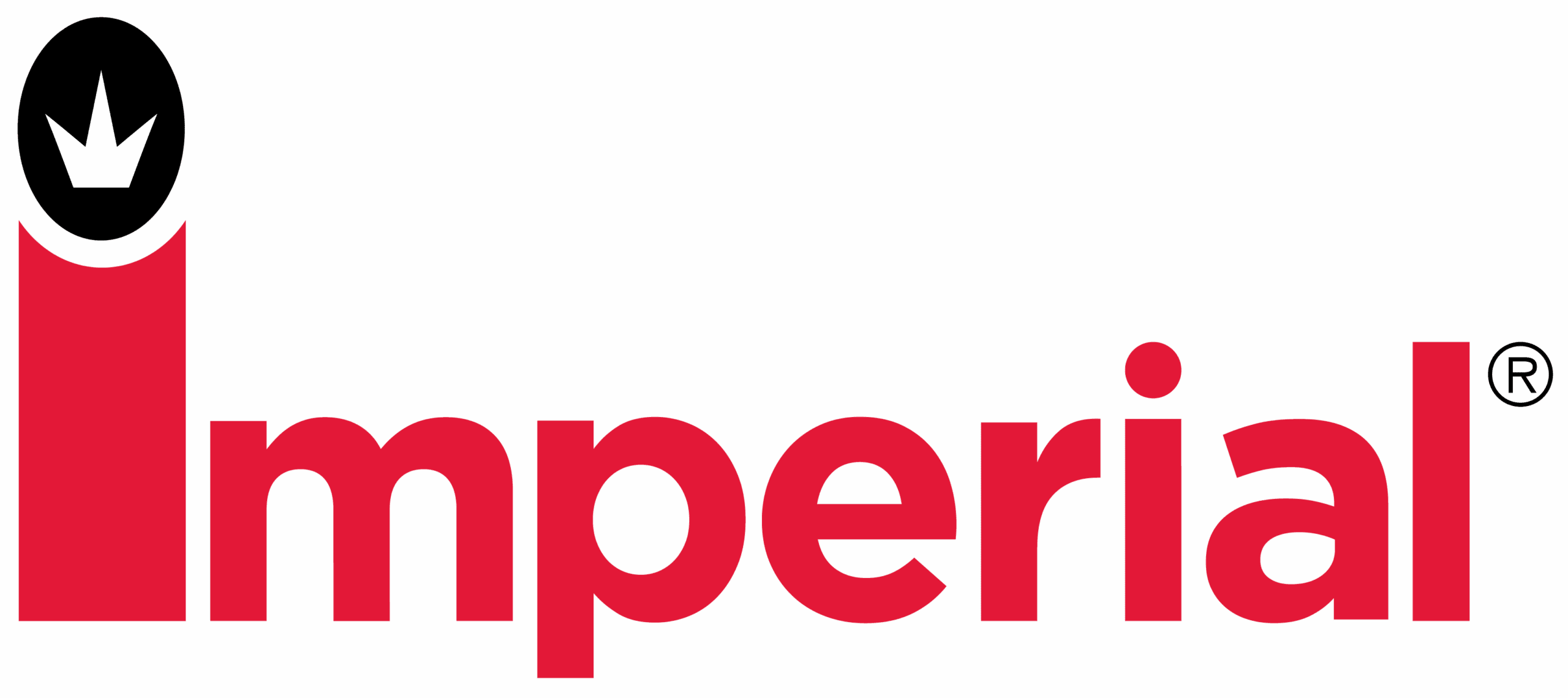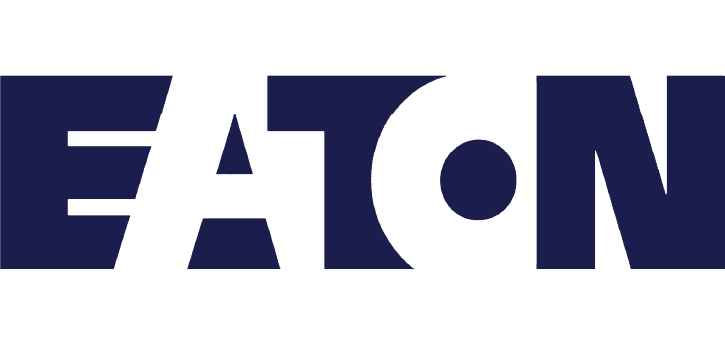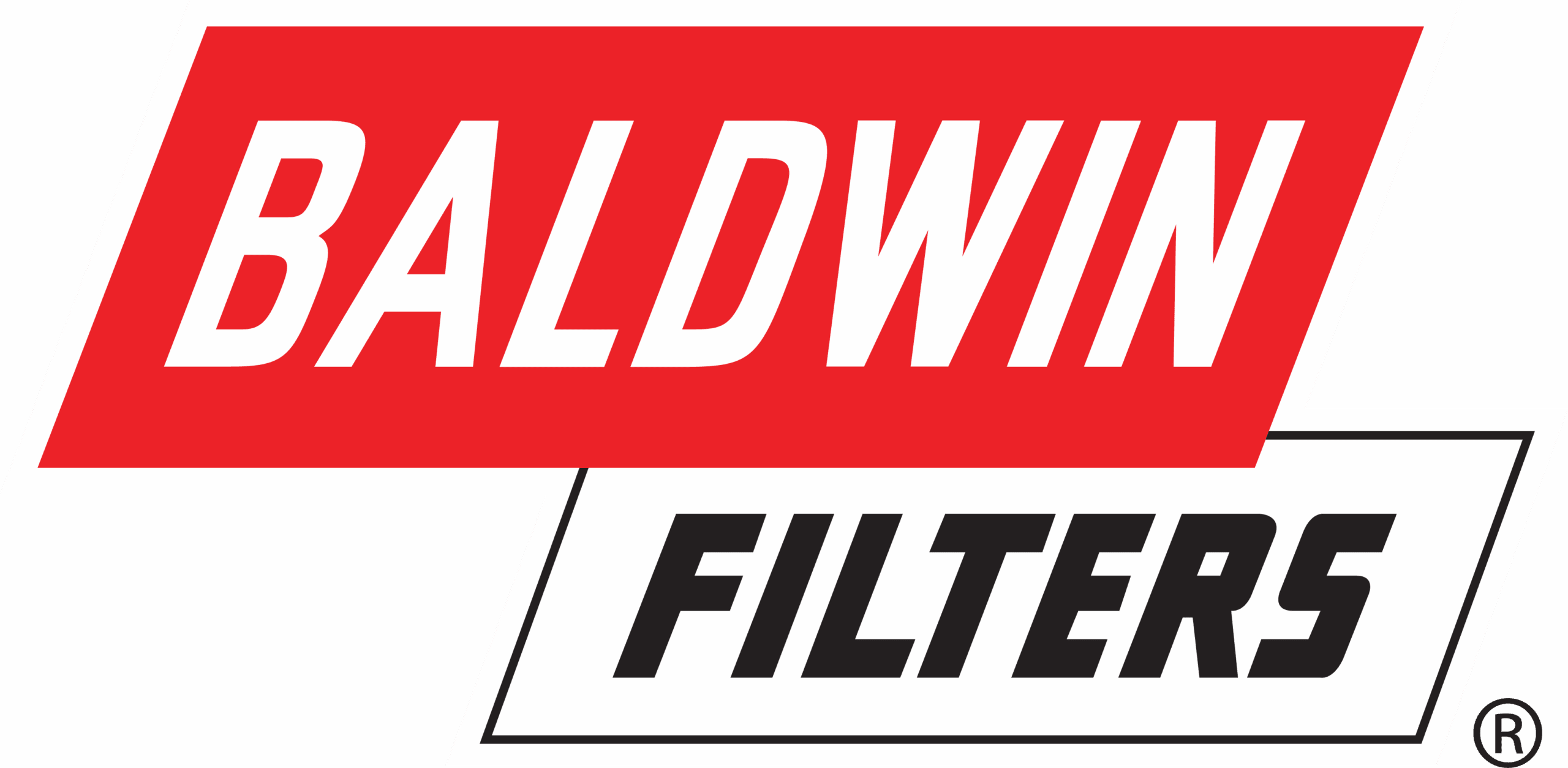Optimizing fixed costs for truck fleets
Home - Optimizing fixed costs for truck fleets
Frank Bussone
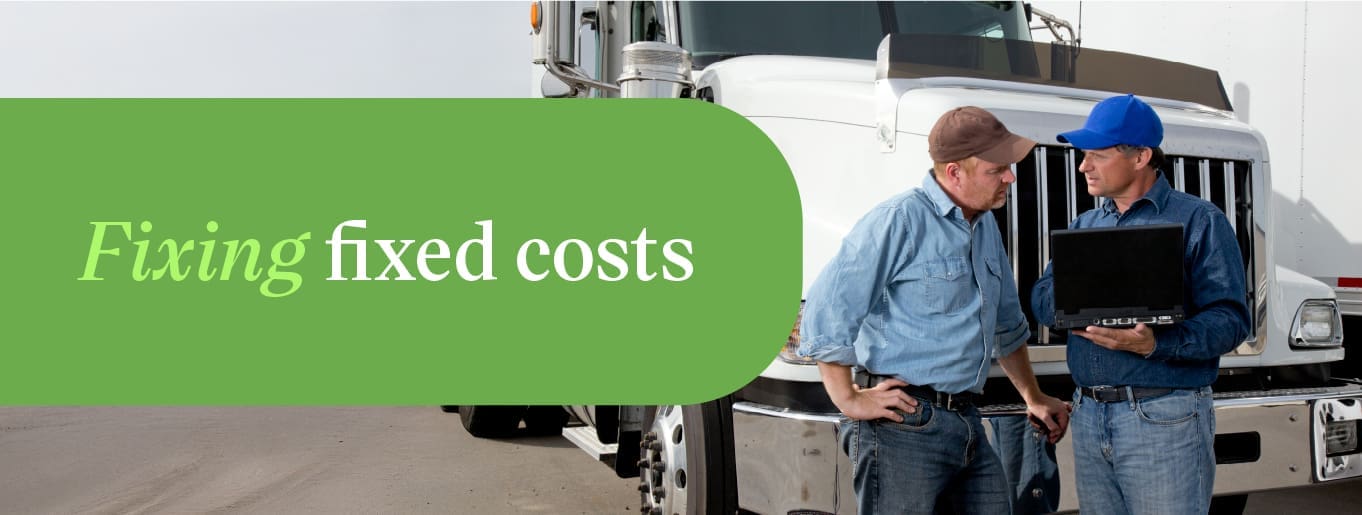
With the economy constantly shifting, fleet operators are facing some real challenges. Prices are up, markets are unpredictable, supply chains are being disrupted, and budgets are getting tighter. In the middle of all that, fixed costs—those expenses that stay the same no matter how much you’re driving or hauling—have become more important than ever. If you’re not already looking at how to manage and optimize them, now’s the time.
Fleet operations depend heavily on fixed costs like monthly lease payments, insurance, or depreciation. These are big-ticket items that don’t change much month to month, and they take up a big chunk of your total expenses. When the market’s volatile and uncertain, having a handle on these costs can bring some much-needed stability to your financial planning.
Why fixed costs deserve a closer look
Fixed costs are often overlooked in favor of variable ones—like fuel or maintenance—when companies look for ways to save. But here’s the thing: fixed costs typically make up about 41% of your total fleet expenses. Compare that to maintenance, which averages around 14%. That’s a huge opportunity to make a real impact.
The key is to be smart and strategic. By understanding how your fixed costs are structured, you can start to make changes that drive long-term savings and keep your operations running smoothly, even when the economy isn’t.
Asset utilization meets finance strategy
One of the smartest ways to control fixed costs is by looking at how your assets are being used—and how they’re financed. Are you getting the most out of your trucks based on how they’re financed? For example, if you’re leasing vehicles with high mileage caps but aren’t coming close to hitting them, you might be overpaying for something you’re not fully using. On the flip side, going over mileage limits can rack up costly penalties.
It’s not just about whether you need new assets—it’s also about timing. When to buy, when to lease, and how long to keep equipment on the books can all make a big difference in your bottom line.
Smarter, more flexible financing options
Every company has its own reasons for leasing or buying their fleet assets. Maybe it’s about cash flow. Maybe it’s about flexibility. Either way, having financing options that work with your business—not against it—is a big deal, especially during uncertain times.
Leasing can be a great way to keep things flexible. You’re not locked into long-term commitments, and you can refresh your fleet more often to stay ahead of maintenance issues. On the other hand, purchasing might make more sense for companies with longer asset lifecycles or specific customization needs. What matters most is having access to competitive rates and financing structures that allow you to adapt when the market changes—without blowing up your budget.
Choosing the right finance partner matters
These are big decisions. And trying to make them all on your own, while juggling everything else—from maintenance and staffing issues to delays—can be overwhelming. That’s why working with a finance partner who has extensive experience and really understands the fleet industry (and your specific business) can be a game changer.
The right partner can help you build smart strategies to manage and reduce fixed costs, especially during uncertain times. That includes tapping into financing programs designed to soften the blow of economic volatility and improve cash flow management. When your financing aligns with how you actually operate, it becomes a powerful tool for staying profitable and resilient.
Corcentric’s Fleet Solutions team has decades of experience in the trucking and transportation industries. We understand the complexity involved in every aspect of the business, starting with the need to purchase or lease assets, the timing of those choices, and the need for flexibility in financing those assets. Corcentric Fleet Financing solutions use your data to generate the perfect optimization program for your fleet. So, when we finance your fleet, we’re also helping you drive down costs.
Analytics becomes the secret weapon for fixing fixed costs
Earlier, I wrote about asset utilization. Knowing how your fleet is being used is only part of the picture. What really moves the needle is having the analytics to turn that data into actionable insights. For instance, Corcentric Analytics for Fleet Efficiency (Cafe) helps you optimize both leased and owned assets by analyzing actual mileage against lease or ownership terms. The Cafe analytics suite employs ten monitoring tools that together offer a comprehensive view of our clients’ fleet operations, revealing opportunities to save costs. For instance, that could mean not paying for unused miles or less cost for overuse, and smarter financial decisions that align with how your fleet actually runs. It’s the kind of insight that can help you stay agile and efficient—even when the market isn’t.
Fixing fixed costs is essential for long-term success
Economic volatility isn’t going away anytime soon. But by focusing on fixing your fixed costs—and having the right tools and partners in place—you can bring more predictability and control into your fleet’s financial strategy. It’s not just about surviving the tough times. It’s about setting your operation up to thrive, no matter what comes next.



